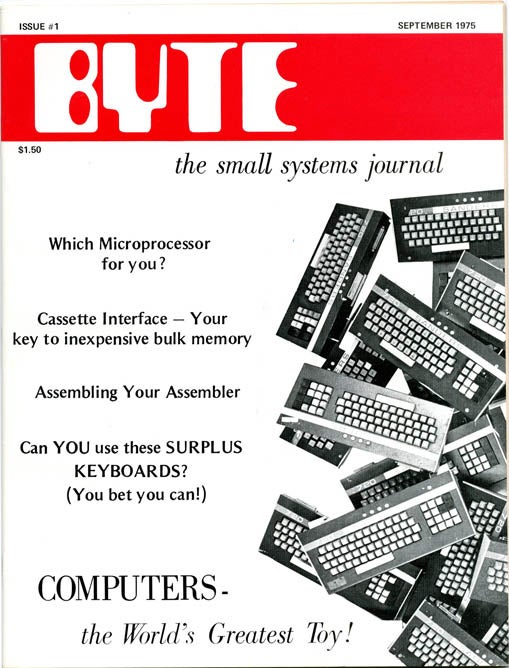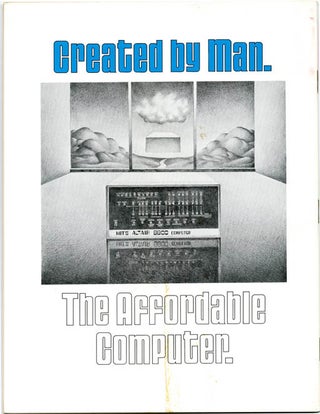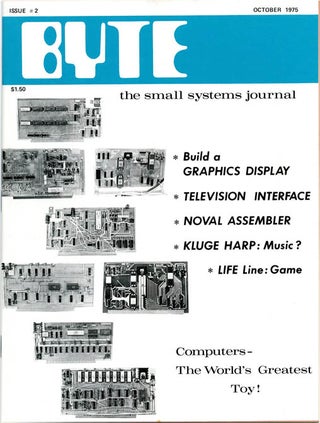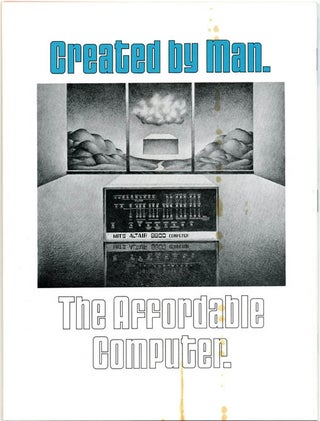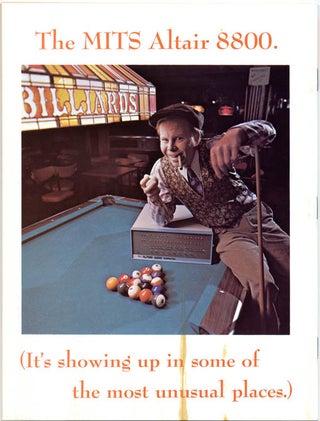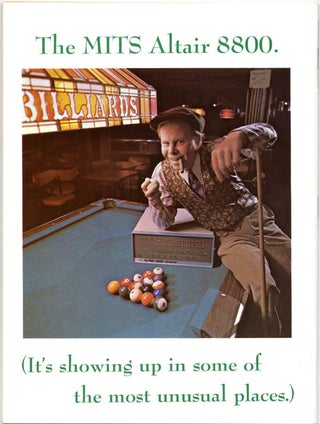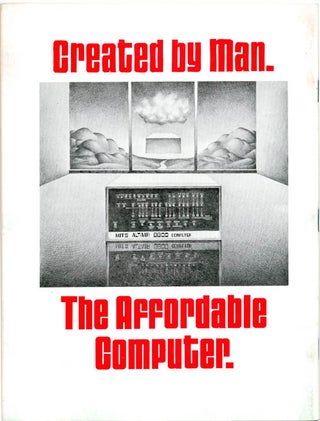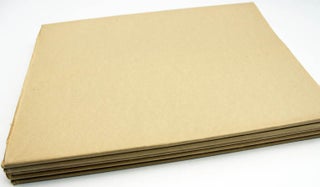159.
BYTE #1-5 (Peterborough, NH: Green Publishing, Inc., September 1975 - January 1976).
Ed. Carl T. Helmers, Jr. Each issue 96pp., except #4 (112pp.). Illustrated with photographs, diagrams and drawings (the fourth and fifth issues feature illustrator Robert Tinney's first work for the publication). A run of the first five issues of this influential microcomputer magazine (the name changed to Byte Publications from the sixth issue on).
BYTE was launched shortly after the first personal computers appeared as kits advertised in the back of electronics magazines, and in the premiere issue publisher Wayne Green gives an account of its origins in his amateur radio magazine 73, and the ECS Journal, a computer hobby newsletter produced by Carl Helmers. Initially subtitled "the small systems journal", the magazine's intention was to provide in-depth technical detail covering the entire field of "small computers and software".
Articles in the first issue include "Which Microprocessor for You?" by Hal Chamberlin, "Write Your Own Assembler" by Dan Fylstra, and "Serial Interface" by Don Lancaster, together with the inclusion of what became an ongoing directory of clubs and newsletters (among them The Computer Hobbyist, People's Computer Company, and the Homebrew Computer Club). Many of the articles in these first few issues concern do-it-yourself electronic or software projects to improve small computers, and new publications on these and wider topics were reviewed each month, including, in the second issue, Ted Nelson's 'Computer Lib/Dream Machines' (item #149), which is described as "the Whole Earth Catalog of computer fandom."
Advertisements that appear throughout the run include Godbout (whose zany graphics reflected the company's unconventional location in a Quonset hut at Oakland Airport); MITS (who began manufacturing personal computers in Albuquerque in 1975); Processor Technology (founded in April 1975 in Berkeley); RGS Electronics (Santa Clara); SCELBI (an early model of microcomputer based on the Intel 8008 processor); and Sphere (a personal computer manufactured in Bountiful, Utah).
All issues almost as new, with each copy still preserved in its original buff paper mailing wrapper (the glue from which has partially bled on to the back covers of the first, second and third issues). Overall, an exceptionally well-preserved run of this early microcomputer magazine.
 Back to top
Back to top

